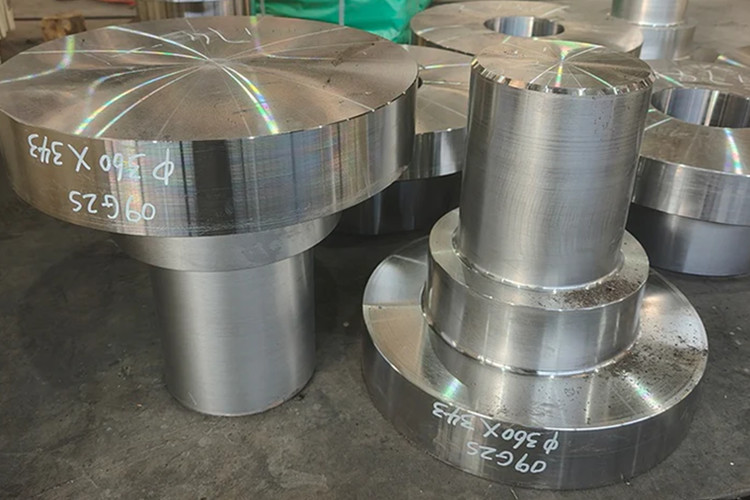- tyler@kirail.com
- +86 15603721115
Many large forgings with high requirements for mechanical properties and surface hardness need to be rough-machined and heat-treated or surface-quenched after forging.

During the heat treatment process, due to the drastic temperature change, a large temperature stress will be generated. Since phase change will also generate organizational stress, there are also residual stresses in the forgings. If the tensile stress value generated exceeds the tensile strength of the material, and there is no plastic deformation relaxation, various forms of cracking and cracking will occur-such as longitudinal, transverse, surface and center cracks, surface cracking and peeling, etc.
Due to the large cross-sectional size of the forgings, the uneven distribution of heating and cooling temperatures, the complex phase change process, the presence of residual stress, and the existence of various macro and micro defects of varying degrees, poor plasticity, and low toughness, all of which will accelerate the initiation and expansion of cracks, often forming immediate or delayed cracking damage, or even cracks and natural cracks, etc., causing significant economic losses.